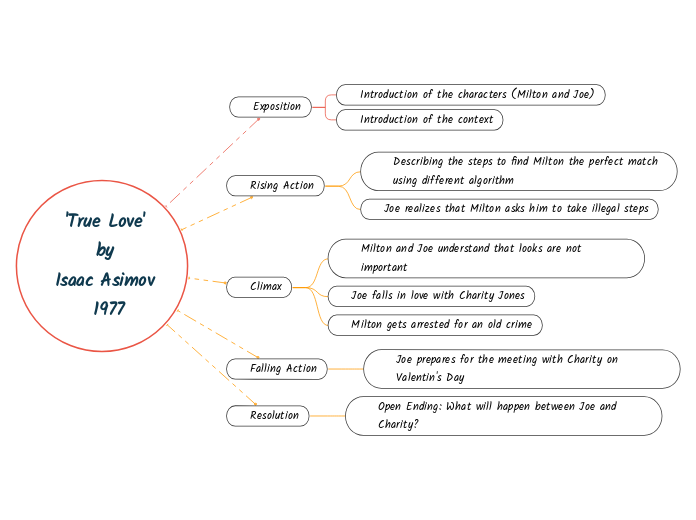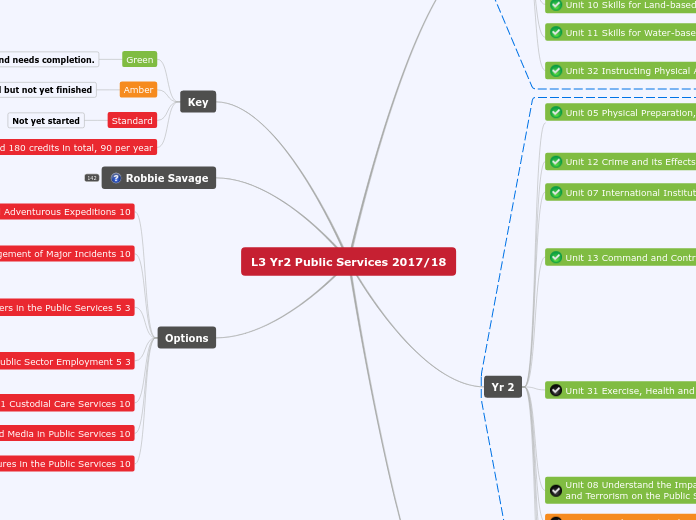MOVE ON TO EXPLORE CONTEMPORARY EXAMPLES OF RESTORATIVE JUSTICE BOTH IN THEORY AND PRACTICE
Restorative Justice: Reintegrative and Disintegrative Shaming
Restorative Justice:
This mind map relates to question 4 in section A of the Crime and Punishment exam. The mind map covers a number of Central areas of analysis within the use of Restorative a Justice both theoretically and within criminal Justice.
Restorative Justice is commonly known as a theory of criminal justice that focuses on crime as an act against another individual or community rather than the state. To simplify this notion, the theory of criminal justice is the branch of philosophy of law that deals with criminal justice and in particular punishment. The theory of criminal justice has deep connections to other areas of philosophy, such as political philosophy and ethics, as well as to criminal justice in practice.
As we have highlighted in many previous lecture, ‘Deterrence’ theory argues that the amount of punishment should be the minimum required to achieve the desired amount of deterrence. Most versions of retributive justice argue that the amount of punishment should be proportional to the amount of harm caused. Reform theory argues that the amount of punishment should be enough to cause reform in the offender.
However, some theories would argue that the amount of punishment is not important at all. The main philosophy of ‘Restorative Justice’ is to work to resolve conflict and repair harm. This aim is achieved by encouraging those that have caused harm (offenders), to acknowledge and understand the impact their actions have had on the victims of those crimes. This in turn provides them with an opportunity to make what is termed ‘Reparation’ for the offence.
In addition, ‘Restorative Justice’ also provides those that have suffered as a result of the offenders actions (victims) the opportunity to have what harm or loss they have sustained acknowledged and for reparation to be made for the loss incurred. Restorative Justice is a problem-solving approach to crime which involves the parties themselves, and the community generally, in an active relationship with statutory agencies. It is not any particular practice, but a set of principles which may orientate the general practice of any agency or group in relation to crime.
These principles are:
· making room for the personal involvement of those mainly concerned (particularly the offender and the victim, but also their families and communities)
· seeing crime problems in their social context
· a forward-looking (or preventative) problem-solving orientation
· flexibility of practice (creativity).
CONCLUSION
Main points of evaluation
Main points of analysis
Objective
Aim
Recap
INTRODUCTION
Reasoning
What was the reasoning behind these choices?
Content
What/Which research, studies, philosophies, theories, evidence have you analysed, evaluated, explored, discussed in an attempt to answer the question.
Context
In what context does the question relate to?
Objectives
How might you answer the question?
Aims:
What is the question asking?
DESCRIPTION
Restorative justice can take many different forms in current criminal Justice practice.
These are:
Peacemaking and Sentencing Circle (Canada)
Victim Offender mediation (North America and Canada)
Youth Offender Panels (United Kingdom)
Conferencing (United Kingdom, Australia, New Zealand, North America)
RJ represents a distinct alternative to traditional forms of Justice administered by youth courts (Van Ness et al, 2003: 5).
Restorative Justice views crime as a violation of persons and relationships that require repair and restoration (Cornwell, 2007:5).
Justice is achieved in a way which places 'decisions about how best to deal with the offence on those most effected (Morris, 2002:598).
Provide an official definition of restorative Justice such as that offered by Marshall (1995:5).
A process whereby parties with a stake in a particular offence, collectively resolve how to deal with the aftermath of an offence and its implications for the future (Marshall, 1995:5).
Definition of Restorative Justice
The theory of criminal Justice that defines crime as an act committed by a person against another person or community rather than an act against the state.
CRITICAL EVALUATION:
RJ as an Alternative to Prison
Instead of warehousing offenders, shouldn't we be using what we know about the brain to help them rehabilitate?
THE NEUROSCIENCE OF RESTORATIVE JUSTICE BY DANIEL REISEL
RESTORATIVE JUSTICE IN PRACTICE
Structural Obstacles
There are incentives to take part in RJ schemes without making any commitment to the ethos and goals of RJ.
Non-coercive conflict resolution is extremely difficult in prison.
Prison sub-cultures constantly pull offenders away from the ‘new worlds’ which RJ seeks to give them.
Prisons alter the identity of their inmates which are diametrically opposed to the positive reconstructive identity which RJ aims to achieve.
Prison politics can intrude on the process.
Prison culture limits to some extent the level of trust that can be built (Crocker, 2015).
Shapland (2008) found that in randomised control trials of RJ with serious offences (robbery, burglary and violent offences) by adult offenders
RJ reduced the frequency of re-offending, leading to £9 savings for every £1 spent on restorative justice
85% of victims who took part were satisfied with the process
The majority of victims chose to participate in face-to-face meetings with the offender, when offered by a trained facilitator
RJ is frequently presented as innovative and thus to be differentiated from more established justice approaches (Morris and Young, 2000).
At one extreme, RJ is considered the 'third way', distanced from both Retribution and Rehabilitation (see for example Graef, 2000).
CRITICAL ANALYSIS
RJ within Prison
Condemners of RJ within Prison
Others see the goals of prison and RJ as antithetical and that the core of RJ challenges the underlying rational of prison
Guidoni (2003) argues that rather than prisons being transformed in line with RJ principles, the more likely outcome is the temporary adoption of limited aspects of RJ, which are then used to add legitimacy to an institution which remains essentially punitive.
The only appropriate response is to divert offenders away from imprisonment and towards community-based programmes (Immarigeon, 2004).
Example
‘Partners in Healing’- Canada (Cocker, 2015)
Findings
Individuals who are not ready for the process can undermine it or create harms for other participants.
From interviews, she concluded that those inmates chosen should be those who are ready to accept responsibility for what they had done and to learn more about the effects of their crimes.
Dilema's
Issues
Some members stopped attending because they felt the meeting had strayed away from the original purpose and had become a waste of time.
Motive
Latent motivations- Some chose to participate because they provided a ‘change of pace’ from the regular routine. One called it a ‘night out from the prison’ ie. Think they would obtain favourable conditions due to participation.
Manifest motivations- Those that wanted to make amends and repair their relationships with others found the experience positive.
Aimed to promote RJ by running committees inside prison and recruiting volunteers from the community to participate.
The main goal was to increase the participants awareness of RJ and help prisoners gain an understanding of the effects of their crime(s). Three specific objectives being:
Provide opportunities for victims to feel understood and heard.
Support offenders as they prepare to be reintegrated into the community
Provide increased opportunities for community engagement,
Within prisons, using examples from the UK other countries, RJ has taken many forms:
Prison communities of restoration
Subtopic
Restorative adjudication and procedures
Victim-offender groups/mediation/conferencing
Victim awareness/ empathy/ impact projects
Community service projects
RJ s can function as a viable alternative to incarceration
Prison-based RJ programmes exist in the context of debates around whether the goals of imprisonment and RJ can be complementary
Advocates have argue that so long as RJ is developed only in community settings, outside the prison, it will be regarded as suitable only for young and minor offenders and their victims but (Edgar and Newell, 2006: 24-5).
Some argue that imprisonment and RJ have the reintegration of offenders as a central goal (Aerston and Peters, 1998).
RESTORATIVE JUSTICE IN THEORY
“all processes of expressing disapproval which have the intention or the effect of invoking remorse in the person being shamed and/or condemnation by others who become aware of the shaming” (p.9).
Another 12% ranked ‘the publicity or shame of having to appear in court’ as the most serious consequence” (ibid:192).
Government Social Survey by Zimring and Hawkins (1973) found, “while only 10% said ‘the punishment I might get’, was the most important consequence of arrest, 55% said either ‘What my family’ or ‘What my girlfriend’ would think about it.
He proposed that shaming could be defined into two distinct categories.
DISINTEGRATIVE SHAMING
REINTEGRATIVE SHAMING
‘Crime, Shame and Reintegration’, (1989) by John Braithwaite
Braithwaite (1999: 6) suggests that it would be better to think of restorative justice as being about ‘restoring victims, restoring offenders and restoring the communities’ which are affected by a crime, with the parties determining what ‘restoration’ means in each circumstance. Braithwaite took up the issue of the conditions under which societal reactions increase crime (as labelling theorists contend) or decrease crime (as advocates of punishment predict).
Braithwaite (1989:69-83) believed that sanctions imposed by relatives, friends or a personal relative collectively have more effect on criminal behaviour than sanctions imposed by a remote legal authority. This basis for Braithwaite was taken from the results of a Government Social Survey conducted by Zimring and Hawkins (1973:192), which asked youth’s to rank what they saw as the most important consequences of arrest:
legal violations evoke formal attempts by the state and informal efforts by intimates and community members to control the misconduct
Restorative Justice also provides those who have suffered as a result of the offenders actions the opportunity to have what harm they have sustained acknowledged and for reparation to be made for the loss incurred.
RJ is a problem solving approach to crime which involves the parties themselves, and the community generally, in an active relationship with statutory agencies.
Justice is done in a way which places 'decisions about how best to deal with the offence on those most effected (Morris, 2002:598).
The main philosophy of RJ is to work to resolve conflict and repair harm
this is achieved by encouraging those that have caused harm to acknowledge and understand the impact their actions have on the victim of the offence.
Criticism: Is it always possible to achieve 'reparation'.
Agreements are key outcomes in RJ conferences. However, there is a debate over the effectiveness of such agreements to reduce post-conference offending (see Hayes et al (2014) attached).









